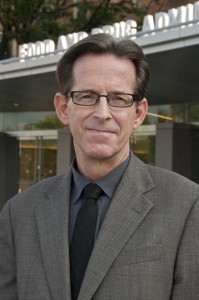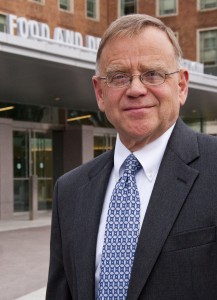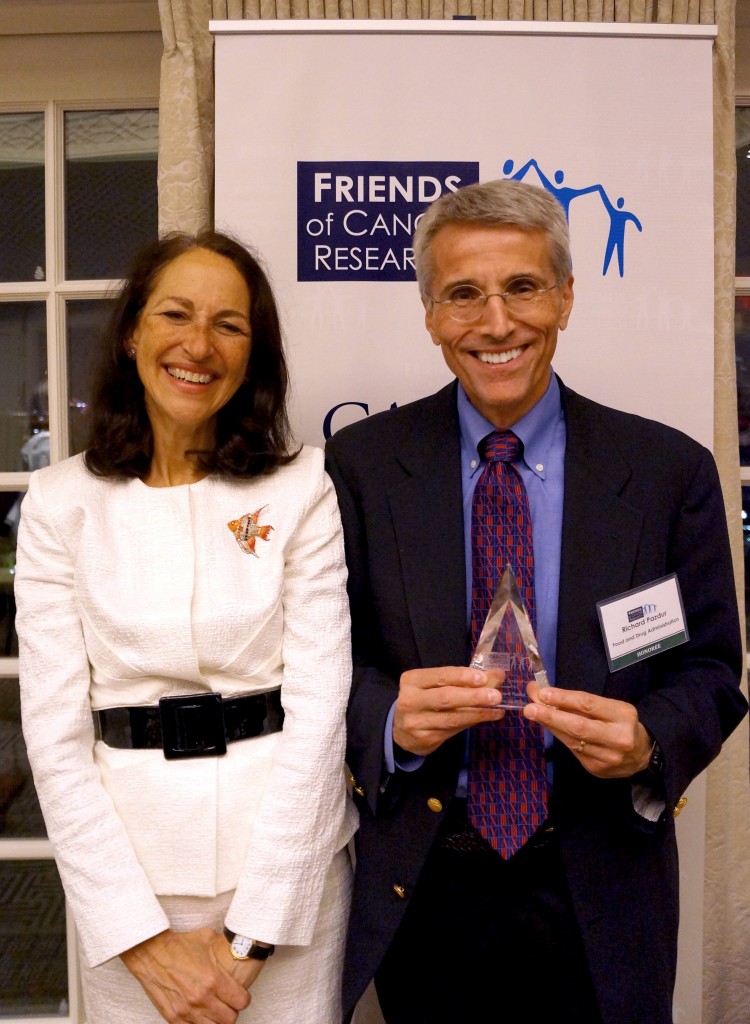By: Janet Woodcock, M.D.
Clarification, November 5, 2012: CFAST is a joint initiative of CDISC and the Critical Path Institute. The FDA and TransCelerate Biopharma, Inc. are partnering with CFAST in its Therapeutic Area Standards Program.
A new partnership between the FDA, the Clinical Data Interchange Standards Consortium (CDISC), and the Critical Path Institute (C-Path) was officially launched today at the CDISC International Interchange in Baltimore. This partnership, called the Coalition For Accelerating Standards and Therapies or CFAST, will bring together clinical data experts from the FDA, the pharmaceutical industry, and the information technology sector, to develop and maintain data standards tailored to individual diseases and therapeutic areas.
 While I was preparing my keynote address for the Interchange, I began thinking of how history provides us lessons for the future, and the Great Baltimore Fire of 1904 is a particular example that stands out in my mind. In this tragedy, thousands of firefighters from surrounding cities and states responded to Baltimore’s call for help, but they were unable to assist in putting out the fire because their hoses and equipment were not compatible with the Baltimore hydrant connections. This terrible event made the need for standardized fire-fighting equipment and connections devastatingly clear.
While I was preparing my keynote address for the Interchange, I began thinking of how history provides us lessons for the future, and the Great Baltimore Fire of 1904 is a particular example that stands out in my mind. In this tragedy, thousands of firefighters from surrounding cities and states responded to Baltimore’s call for help, but they were unable to assist in putting out the fire because their hoses and equipment were not compatible with the Baltimore hydrant connections. This terrible event made the need for standardized fire-fighting equipment and connections devastatingly clear.
As part of the changing tide of drug regulation, we are seeing ever-increasing streams of data coming into the agency. However, much like standardized fire-fighting equipment, we need to develop standardized definitions for individual diseases and the therapeutic approaches to treat them to be able to tap into this data stream.
Standardized data elements that are common to all clinical trials, such as age and gender, have been established using CDISC terminology. However, data elements that are unique for a particular disease or therapeutic area still need to be developed so that the data from multiple trials can be more easily grouped for reporting and analysis.
In short, establishing common standards for data reporting will provide new opportunities to transform the massive amount of data from drug studies on specific diseases into useful information to potentially speed the delivery of new therapies to patients.
We at the FDA are excited to be a member of this very important partnership. We believe that CFAST will provide an important resource for drug development and research that will result in enhancements in the evaluation of safe and innovative therapies for the public.
More about the priority therapeutic areas for standards development.
To read more on data standards, please read: CK Cooper et al. Drug Information Journal. 46(5) 521-22.
Janet Woodcock, M.D. is the Director of the FDA’s Center for Drug Evaluation and Research.








